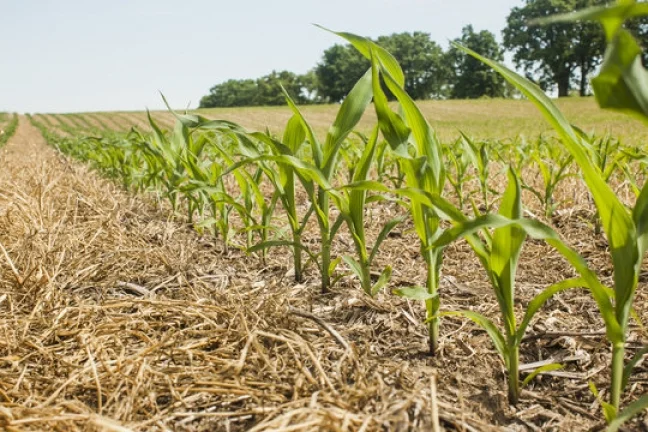Perennial cover crops are unique plants that help the soil stay healthy. They grow for many years and are different from plants that live for only one season. In this accessible guide, we will explain what perennial cover crops are and how they are different from other plants that need to be replanted every year. We will also talk about some common examples, like clover, alfalfa, and ryegrass.
What Are Perennial Cover Crops?

Perennial cover crops are plants that stay in the ground for a long time, more than two years. They have strong roots that make the soil better. Unlike other plants that need to be planted every year, perennial cover crops keep growing without needing to be replanted. They help the soil by stopping it from washing away, making it easier for water to go in, and providing a home for helpful insects and tiny creatures in the soil.
How Are They Different from Other Plants?
Other plants, called annual cover crops, grow for only one season. After that season, they have to be planted again. Perennial cover crops don’t need this because they stay in the soil for many years, doing good things for the land without needing to be planted again and again.
Types of Perennial Cover Crops
Perennial cover crops are grown to protect and enrich the soil. They are beneficial because they come back year after year without needing to be replanted. Here are some easy-to-understand types:
Clover:

Clover is a popular perennial cover crop. It has small, round leaves and helps add nutrients to the soil. Some types of clover, like red clover, also attract bees, which are suitable for pollinating other plants.
Alfalfa:
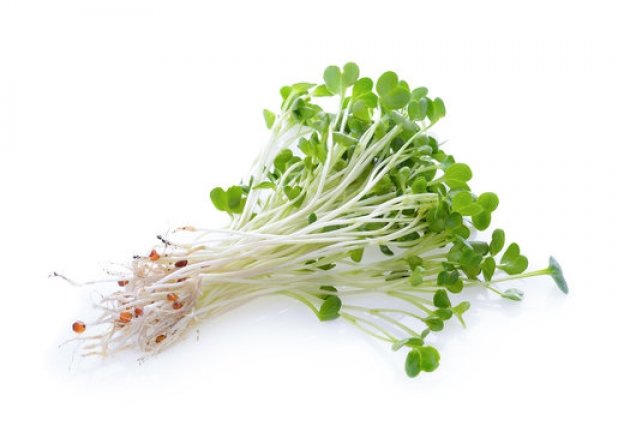
Alfalfa is another common perennial cover crop. It has deep roots that break up compacted soil, allowing air and water to reach plant roots. Alfalfa also captures nitrogen from the air and stores it in the soil, which is great for other plants.
Chicory:
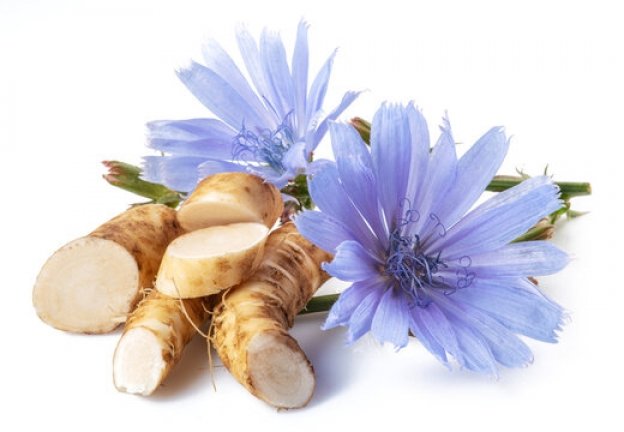
Chicory has beautiful blue flowers and deep taproots that break up hard soil. It’s drought-resistant, meaning it can survive with less water, making it an excellent choice for arid regions.
Fescue Grass:
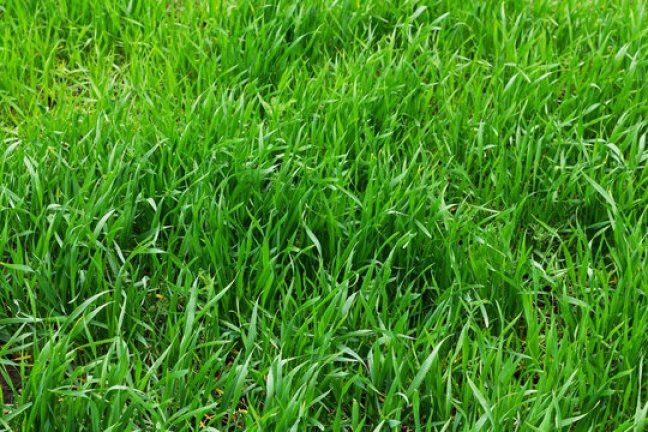
Fescue grass is a type of grass that forms dense mats, protecting the soil from erosion. It’s also good for preventing weed growth and providing a habitat for beneficial insects.
Buckwheat:
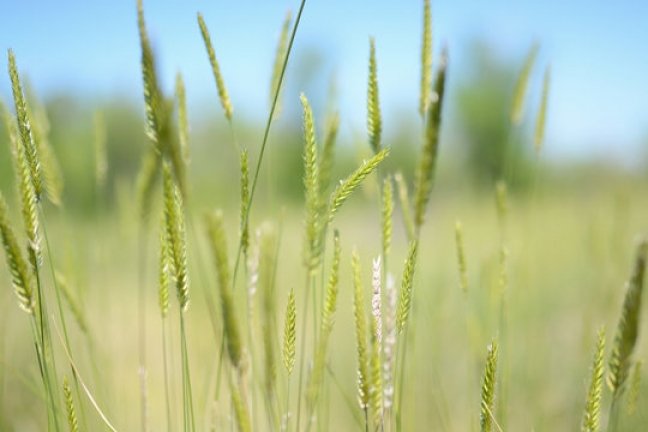
Buckwheat is a fast-growing cover crop that suppresses weeds and attracts pollinators with its small, fragrant flowers. It’s perfect for filling in gaps between other crops.
Ryegrass:
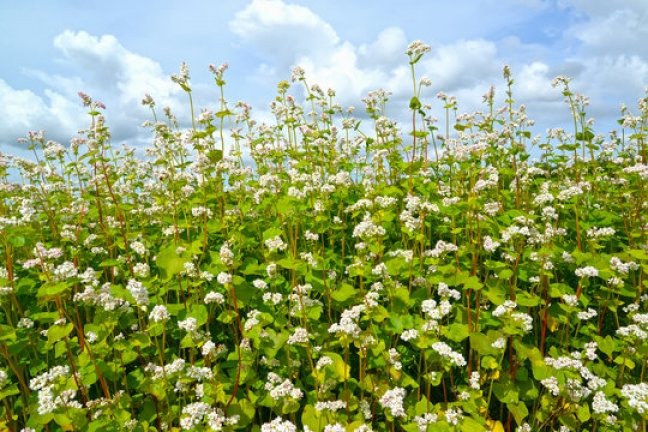
Ryegrass is a hardy perennial cover crop that prevents soil erosion, improves soil structure, and suppresses weeds. It’s easy to grow and provides green cover throughout the year.
Remember, these perennial cover crops are like natural helpers for your garden. They protect the soil, provide nutrients, and create a healthy plant environment.
Benefits of Perennial Cover Crops: Easy-to-Understand Guide
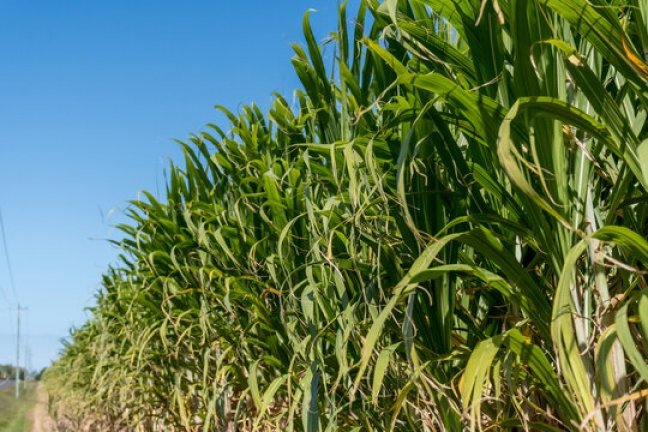
Perennial cover crops are beneficial for gardens, and here’s why:
Protection for Soil:
Perennial cover crops act like a shield, safeguarding the soil from rough weather. They prevent soil erosion caused by wind and rain, keeping the soil healthy for plants.
Stopping Weeds:
These plants are good at stopping weed growth. By covering the soil, they block sunlight, which helps in preventing weeds from growing. This means less work in removing weeds from the garden.
Adding Nutrients:
Some cover crops have unique roots that attract good bacteria. These bacteria make the soil better for plants. When these plants are mixed into the soil, they make it richer, helping plants grow better.
Bringing in Good Insects:
Perennial cover crops attract helpful insects like ladybugs and bees. These insects keep away nasty bugs and help plants make fruits or vegetables.
Making Soil Better:
Some cover crops, like alfalfa and chicory, have long roots that make the soil loose. This helps water and food reach roots, making plants strong and healthy.
Saving Water:
The roots of these plants take in extra rainwater, preventing soil from washing away. This is good because it keeps water where plants need it.
Works in Different Places:
These plants can live in many different places. They only need a little water, which is helpful in areas with scarce water. They can also survive when it doesn’t rain much.
Knowing these things can help you make your garden better. Perennial cover crops are natural helpers that make your garden friendly and robust.
Planting and Maintenance of Perennial Cover Crops

Planting and looking after perennial cover crops can be straightforward. Here’s an easy-to-follow guide for those starting:
Choosing the Right Spot:
Pick a sunny area in your garden. Perennial cover crops love sunlight, so find a place where they can get plenty of it.
Preparing the Soil:
Before planting, make sure the soil is clean and free from weeds. You can do this by removing any unwanted plants from the area.
Planting Seeds:
Follow the instructions on the seed packet. Usually, you plant the seeds by making small holes in the soil and putting a few seeds in each hole. Cover them gently with soil.
Watering:
After planting, water the area gently. Keep the soil moist but not too wet. Watering helps the seeds start growing.
Giving Space:
As the plants grow, they need space. If they are too close together, they won’t grow well. Follow the recommended spacing mentioned on the seed packet.
Protecting from Weeds:
Watch out for weeds. Remove them gently so they don’t compete with your perennial cover crops for nutrients.
Regular Watering:
Water your plants regularly. Plants need water to grow so they don’t dry out. But be careful not to water too much, as too much water can harm the plants.
Checking for Pests:
Keep an eye out for bugs that might harm your plants. If you see harmful insects, ask for help from someone who knows about gardening.
Being Patient:
Plants take time to grow. Be patient and give them the care they need. With time and attention, your perennial cover crops will flourish.
Remember, taking care of plants is like taking care of a friend. Give them what they need, and they’ll grow strong and beautiful.
Rotation and Succession Planting with Perennial Cover Crops
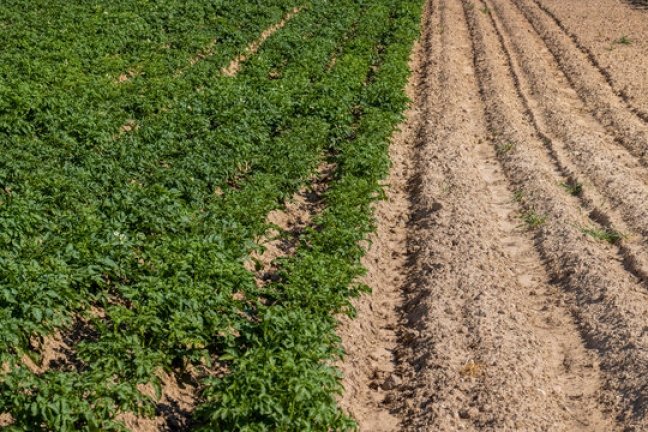
Perennial cover crops in rotation and succession planting can improve your garden without hassle. Here’s how you can do it quickly:
Understanding Rotation Planting:
Rotation means changing the crops in different spots each season. If you planted perennial cover crops in one area last season, switch to a different area this time. Changing places helps keep the soil healthy.
Choosing the Right Crops:
Pick the cover crops that work well for your soil and climate. Plants like clover, alfalfa, and ryegrass are often good choices. These crops improve the soil while they grow.
Planting After Harvest:
When you harvest your main crops, immediately plant the perennial cover crops in those empty spaces. This way, your garden always has something growing, preventing the soil from being bare and vulnerable to erosion.
Protecting Soil Health:
Perennial cover crops are excellent at keeping the soil healthy. They add nutrients, prevent weeds, and protect from harsh weather. By rotating and planting them in succession, you ensure the soil is always protected.
Preparing for the Next Season:
Before the next planting season, cut down the cover crops and let them decompose. This adds organic matter to the soil, making it richer for your main crops.
By rotating and planting perennial cover crops in succession, you keep your garden lively and healthy. These simple techniques ensure that your soil stays fertile and your plants thrive.
Conclusion: Perennial Cover Crops – Nature’s Garden Guardians
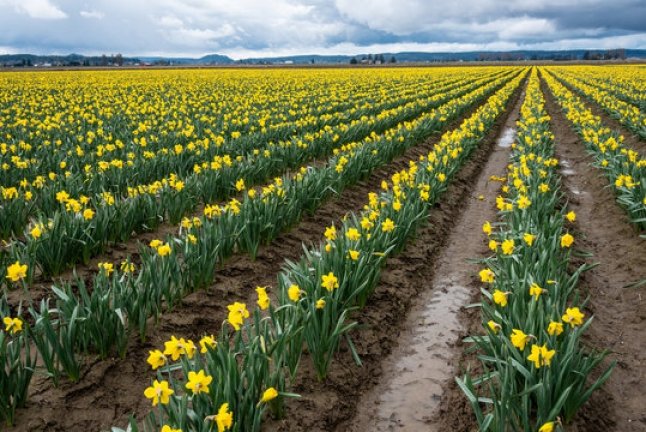
In closing, think of perennial cover crops as your garden’s best friends. They protect the soil, give it nutrients, and help plants grow strong. Using them in your garden is like having a secret weapon for a healthy garden.
Remember, taking care of these plants is easy. Once they are in the ground, they don’t need much attention. They can handle different weather, making them great for any garden.
Also, remember the tricks of moving them around and always having something growing. This keeps your soil happy. It might take some time to learn, but that’s okay. Gardening is about patience and learning.
By planting perennial cover crops, you’re not just making your garden look good now; you’re also making sure it stays great in the future. So, when you go to your garden, know that these plants are there to help, making it the best it can be. Happy gardening!
Frequently Asked Questions (FAQs) about Perennial Cover Crops: Simple Answers
1. What Are Perennial Cover Crops?
Perennial cover crops are unique plants you grow in your garden to protect the soil and make it better for other plants. They stay in the garden long, helping your plants grow healthy.
2. How Do Perennial Cover Crops Help Soil?
These plants have strong roots that keep the soil in place, preventing it from getting washed away by rain. They also add good things to the soil, making it rich and suitable for plants.
3. Do Perennial Cover Crops Need a Lot of Care?
No, they don’t need much care. Once you plant them, they grow by themselves. They are like low-maintenance helpers in your garden.
4. Can I Grow Different Plants After Perennial Cover Crops?
Yes, you can! After these plants have been in the garden for a while, you can plant other plants in the same soil. The soil will be better, and your new plants will grow well.
5. Do Perennial Cover Crops Work in All Gardens?
Yes, they work in many types of gardens. It doesn’t matter if your garden is big or small. These plants can help in any garden.
6. When Is the Best Time to Plant Perennial Cover Crops?
The best time is usually after you harvest your main crops. When those crops are done, you can plant these cover crops. This way, your garden is always productive.
7. Do I Need Special Tools to Plant Perennial Cover Crops?
No, you don’t need special tools. You can plant these crops with your hands or simple garden tools. They are easy to plant.

